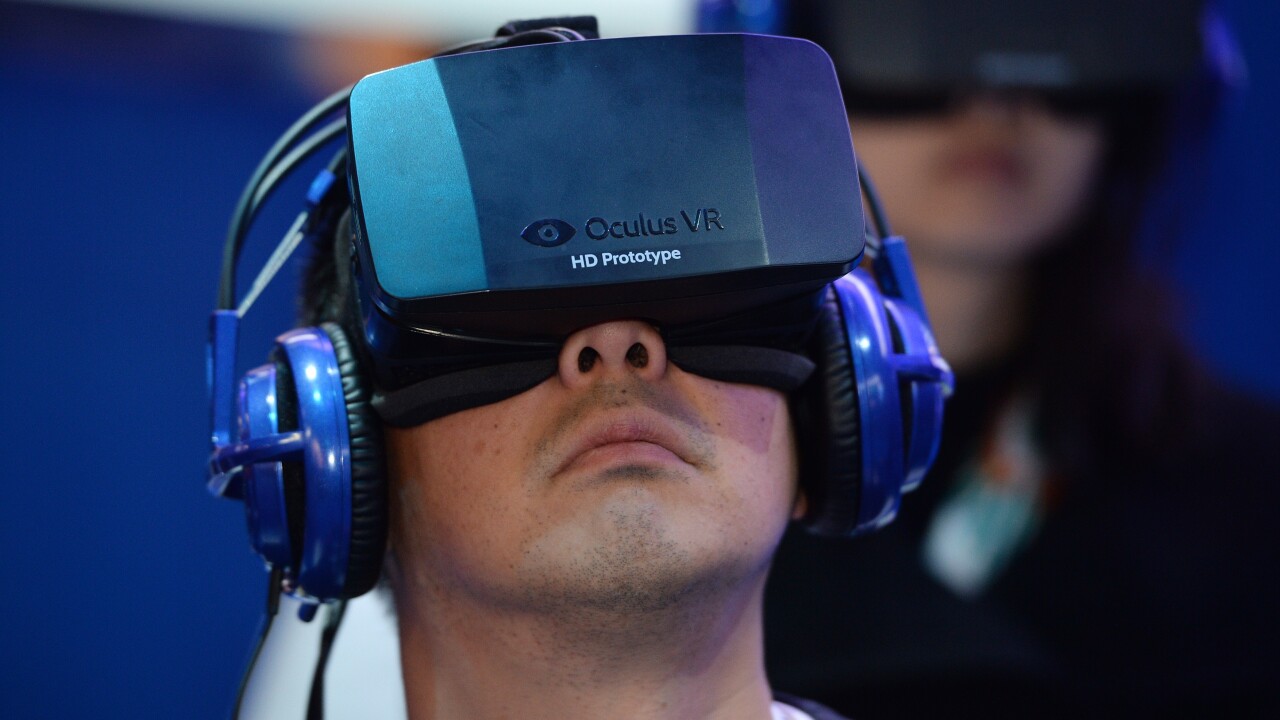
While designing rooms in your home, watching porn and playing some of the most immersive games we’ve ever seen are snagging headlines, it’s the instances of virtual reality uses we haven’t explored that may be the most interesting.
Researchers at Stanford University believe they can tap the power of VR to conquer challenges that don’t involve save points and extra lives — like discrimination.
“Feeling prejudice by walking a mile in someone else’s shoes is what VR was made for,” says Jeremy Bailenson, director of Stanford University’s Virtual Human Interaction Lab.
These diversity-training simulations could prove beneficial in countless ways and so far have attracted interest from at least one large organization: the National Football League.
NFL officials met with researchers at the Interaction Lab last summer to discuss the ways in which VR could assist coaches, athletes and other personnel in diversity training scenarios.
The NFL has a rather checkered history in dealing with problems like domestic violence and racism — problems researchers hope to answer with a pair of VR googles and a life-like simulation designed to increase empathy.
Stanford’s Interaction Lab’s demos are designed to transport users into unnerving situations that many face daily, but they themselves may not be used to. In one scenario a user takes on the role of an African-American female being angrily harassed by a white male.
“VR can deliver on real social issues that allow people to be better,” says former NFL cornerback and current Executive VP of Football Operations Troy Vincent. “We’ll start using this as another teaching tool later this year.”
While a tech fix to real-world issues sounds exciting, we may be getting ahead of ourselves in believing that VR can fix something as complex as discrimination.
Frank Dobbin, professor of sociology at Harvard points out that these sort of training scenarios could actually prove to be counter-productive.
“All lab studies show that you can change people’s attitudes for about 30 minutes after training,” Dobbin says. “But three to six months later there’s either no change or a negative reaction because you’ve actually activated their bias.”
Further study is obviously needed and VR may not be the answer, but it’s worth getting excited about tomorrow’s technology curing today’s problems.
Get the TNW newsletter
Get the most important tech news in your inbox each week.





